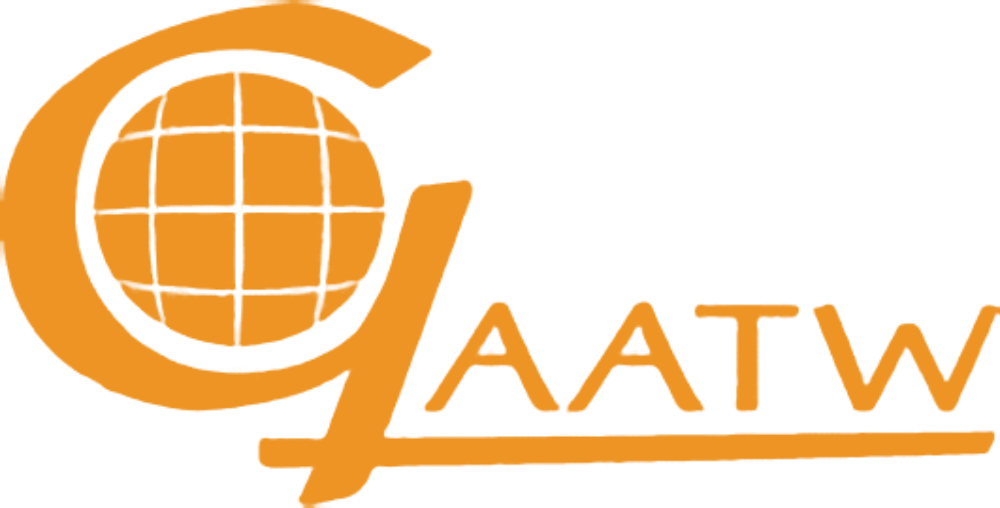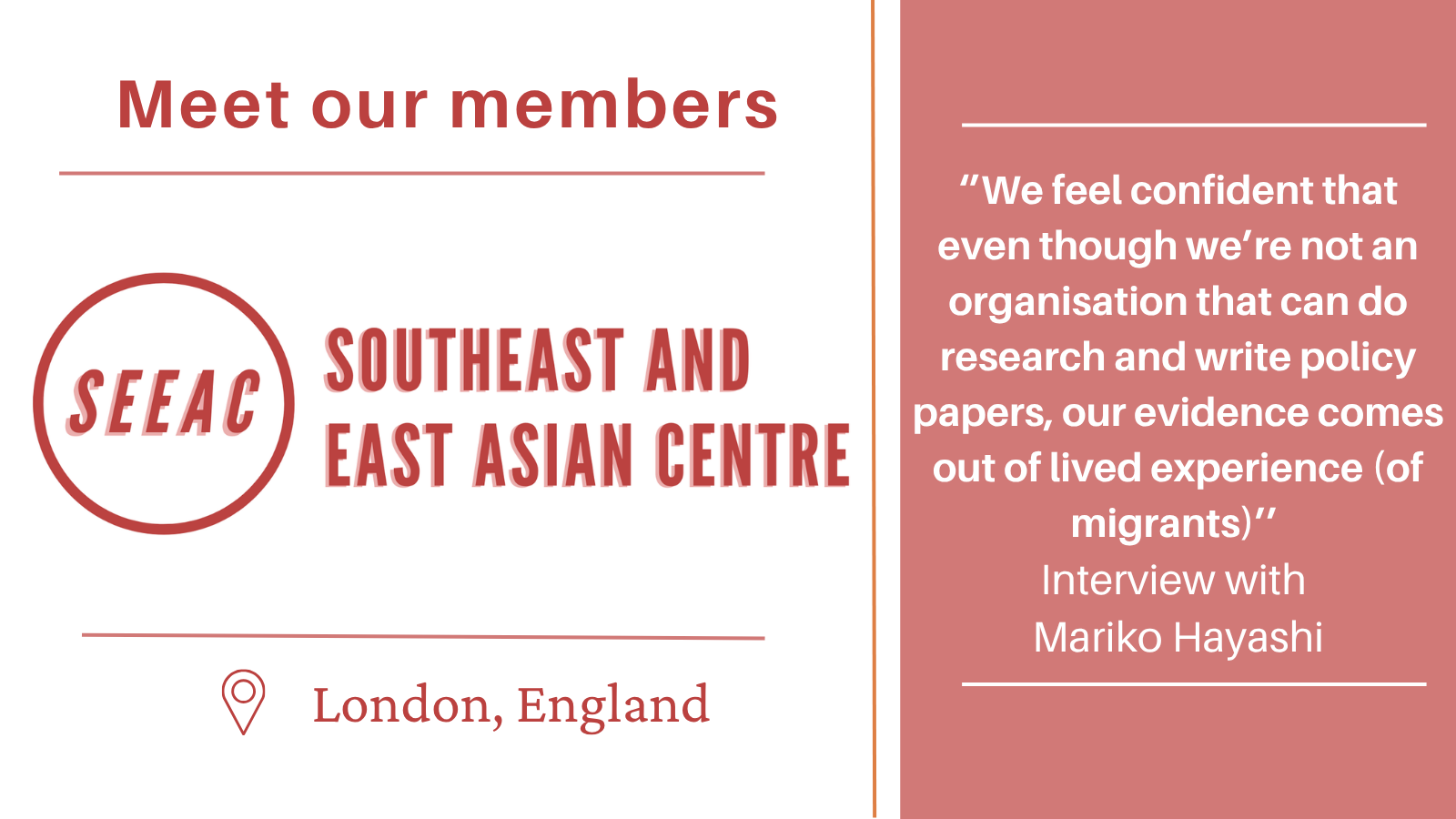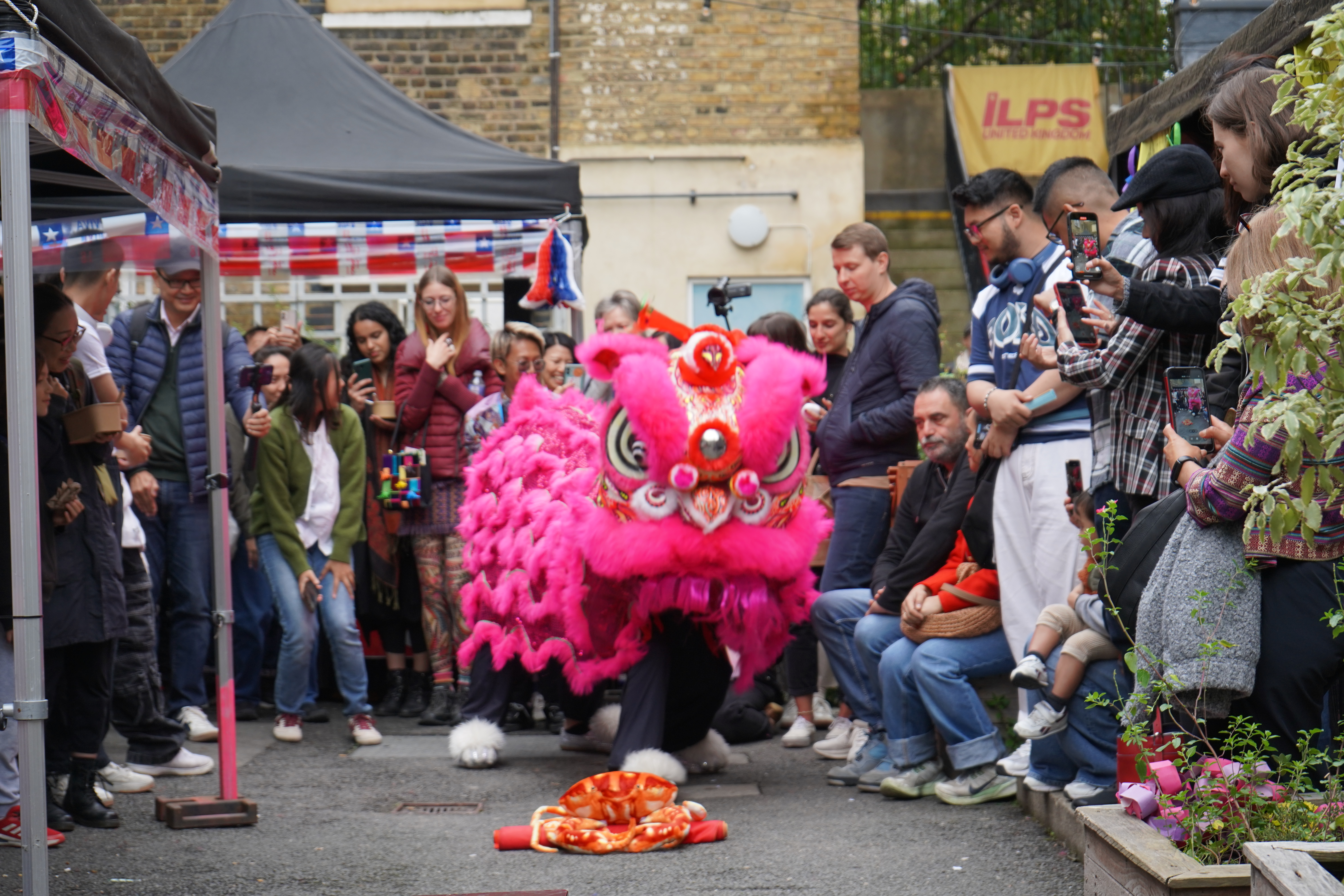The Southeast and East Asian Centre (SEEAC) is a migrant-led organisation in the UK that grew from years of community organising among diverse East and Southeast Asian migrants seeking culturally grounded support and solidarity. In October 2025, Vivian Cartagena from the GAATW Secretariat spoke with Mariko Hayashi, SEEAC’s Executive Director and founding member, to learn more about how the organisation came to life, how its work has evolved, and the collective care and resistance shaping its 5-years journey.
Vivian: Welcome, Mariko. Thank you for joining us today! I would like to ask you how and why was SEEAC founded? What was the context in which this organisation was created?
Mariko: Thank you, Vivian, for this opportunity. The Southeast and East Asian Centre (SEEAC) was formally registered in January 2020, but the organisation had been in the making for many years before that. It came out of the work that was already going on in the communities. It’s very reflective of the needs of the East and Southeast Asian communities living in the UK, and I believe that is the reason for organisations like SEEAC to exist. In the UK, migrant communities from East and Southeast Asia are less visible or under-represented compared to those from other parts of the world, especially those with stronger colonial ties to the UK. The communities with British colonial backgrounds are usually much bigger and more established, and have a longer history of migration. They are also service providers, with some capacity to provide services to migrant members of their communities in the languages that people need. Many are second or third generation, i.e. people who were born in the UK, and understand well how families navigated the challenges in this country. Within the diverse East and Southeast Asian Communities, Filipino or Chinese communities have a longer history of migration and larger communities in the UK, while many other East and Southeast Asian communities are newer and smaller. The support infrastructure for these small communities was limited, and even non-existent in a way.
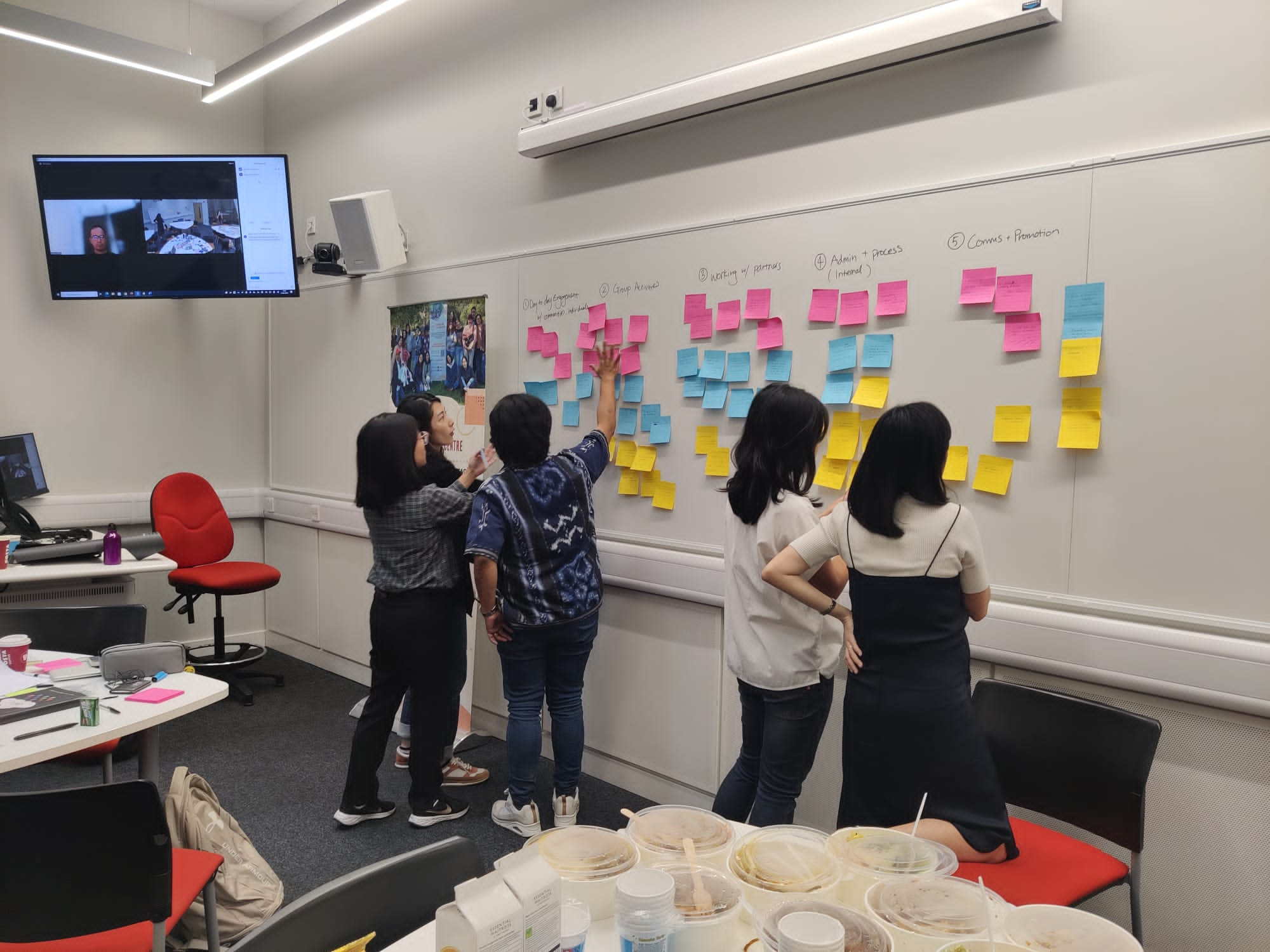
Such was the situation at that time. Local Chinese and Vietnamese community centres and Filipino migrant organisations supported direct community members, and even provided services to people who were referred to them in case of, for example, people coming from Thailand, Cambodia, and Indonesia. Since these organisations had limited capacities, it was considered a good idea to set-up an organisation with the infrastructure to support wider communities, including various groups of East and Southeast Asian migrants. Despite their diversity, the communities do have a lot of shared experiences and culture.
Finally, this idea came together in 2020 in the shape of SEEAC, and that is how we came into being as an organisation, and are still here.
Vivian: That’s very comprehensive! Could you tell us more about the first services that SEEAC was able to provide? How did SEEAC start working with communities? How did these communities get to know about SEEAC and engage with you?
Mariko: Well, the efforts of setting up such an organisation was made by already existing migrant communities and community leaders. They already had connections with groups that had quite strong networks locally. We began to develop our own network as we grow. Now we have a team of staff, but back then the ground work was led by all volunteers. In January 2020, right before the start of the COVID-19 pandemic, we were all set up and ready to launch. The pandemic posed a lot of challenges; our plans didn’t work out at all. As Asian migrants in a European country, we had to face racism and discrimination triggered and exacerbated by the pandemic. After lockdown, it was the same and prolonged precarious situation for migrant workers around the world. For example, those in domestic work were really exploited while their employers stayed at home all the time. Our main work as an organisation was aimed at direct response to what was emerging – economic struggles, housing issues, domestic violence, employment, wellbeing and so on.
Vivian: And from that time until now, have there been any changes with regard to the issues that you are focusing on?
Mariko: Yes, as a migrant-led organisation, how we decide our work or how we build our responses is informed by what is needed by the communities. I think that the work we’re doing and how we work have really evolved through the experience that we’ve had since the early stages of the organisation. I don’t think the issues we are working on now were all suddenly born during the pandemic; they had always been there. The pandemic just made them more visible and even exacerbated them in a way.
Currently, we respond to communities’ multiple-layered concerns and different needs and try to do it holistically. However, the key area we work on is community wellbeing, with special focus on mental health support and access to healthcare, as well as various welfare support., We also focus on employment through creating awareness about labour and workers’ rights and providing individual assistance to those navigating workplace challenges. We also attempt to counter negative narratives on discrimination and hate and provide individual support. Lastly, we support migrants in their immigration process through signposting and referrals. Since we don’t have enough capacity to cover all areas of concerns, we work in partnership with other organisations and experts to fulfil the needs.
These are the main areas we are focused on now, but we always make sure that our communities inform us what kind of support or activities they feel they need or want to engage with. It’s a more participatory and collective way to build our work. That, in short, has been our practice for the last five years.
Vivian: Right, even though it’s very recent!
Mariko: Yeah, it has not been very long since we started!
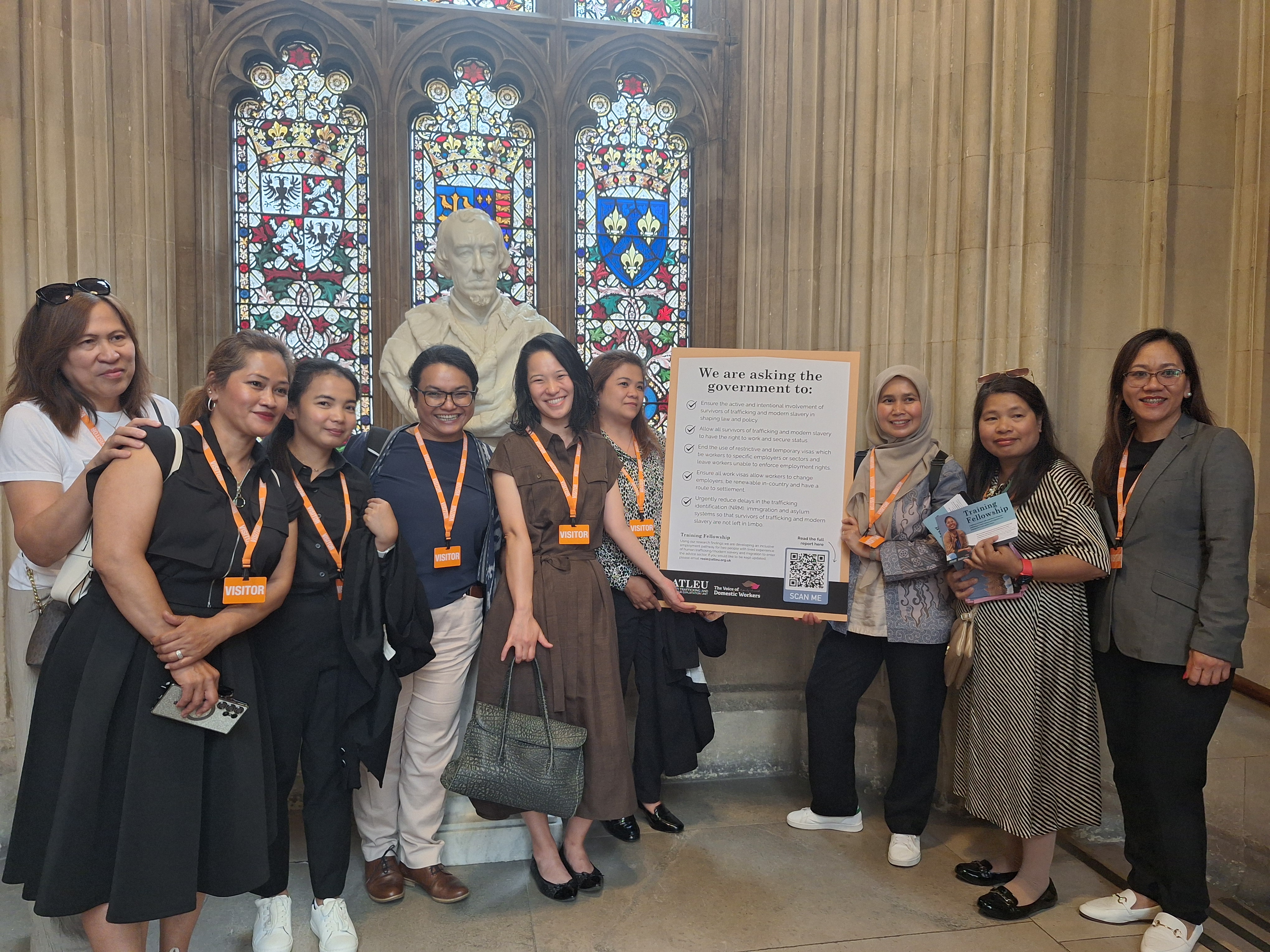
Vivian: I know, but still very impactful. Given the context in which you’re operating in the UK, where there are many harsh narratives against migrants, what are the main challenges that you are facing in your work?
Mariko: Personally speaking, I see that the situation is getting more and more challenging every year. We usually think “oh my God, we’ve never been this bad’’, and then the following year we see that the situation is actually worse. I think it’s coming to a stage where a lot of fear is being generated both at the individual and organisational levels. For example, last summer there was a big riot in the UK targeting the racialised communities and migrants. And actually, for the first time after the pandemic, I had to ask my team to work from home for a week because there was a speculation that a list of migrant organisations and some lawyers’ offices supporting migrants and refugees was being circulated by the far-right as targets for attacks.
The place where the office is currently located is a lovely community space where other charities, migrant organisations and unions too have their offices. The premises management told us to consider removing the office address from our websites or social media during this time. So yes, it has been really scary. We were scared and didn’t want to go outside. That’s how last summer was.
Having to make those decisions and navigate that situation was terrifying and difficult. This is a time when individuals feel vulnerable and we want to be there to support them. But as we’re a migrant-led organisation, we also have to make sure that we’re safe as well.
This year, in mid-September, there was a big nation-wide demonstration of far-right groups. Actually, the following day, SEEAC was hosting a cultural festival that we have been planning for a long time, because September is East and Southeast Asia Heritage Month. It was our first time organising a really big festival for the communities. And again, I was thinking whether we might have to cancel it, or make different arrangements, because maybe people would be scared of coming out to participate in the festival. What do we do? After a lot of contemplation, we finally decided to go ahead as planned, since the team had spent so much time and effort and everyone was really looking forward to it ,and it felt like we needed to create a safe space for the communities by holding this festival. At the end, we were very happy that we went through with it. Everyone just enjoyed themselves and it was so beautiful to see that. There were cultural performances, music, food and people were able to celebrate their own culture and be who they are. I believe that this is the kind of space we need right now, because we see a lot of violence and hate in the world around us. It is very sad and it shouldn’t be this way; people shouldn’t be scared just because of who they are or how they look.
Vivian: Right, this activity was like an act of resistance and an act of mutual care. It is the kind of space that, right now, our organisations need. Also, you were mentioning the idea of community wellbeing, could you tell me more about how SEEAC does this?
Mariko: Yes, SEAAC has two main approaches to community wellbeing. One is that we hold regular community activities. It is a space where people come together and share time and space focusing on collective wellbeing. For example, we have yoga classes on a regular basis. It happens to be one of the most popular activities among our communities. Yoga sessions are followed by lunch provided by our lovely Thai yoga teacher who also cooks very well. Also, we network with artists who can do creative workshops. These are some collective activities where people come, reflect, share their emotions and thoughts. They are not compelled to share; they can do their own thing along with someone. This itself means a lot.
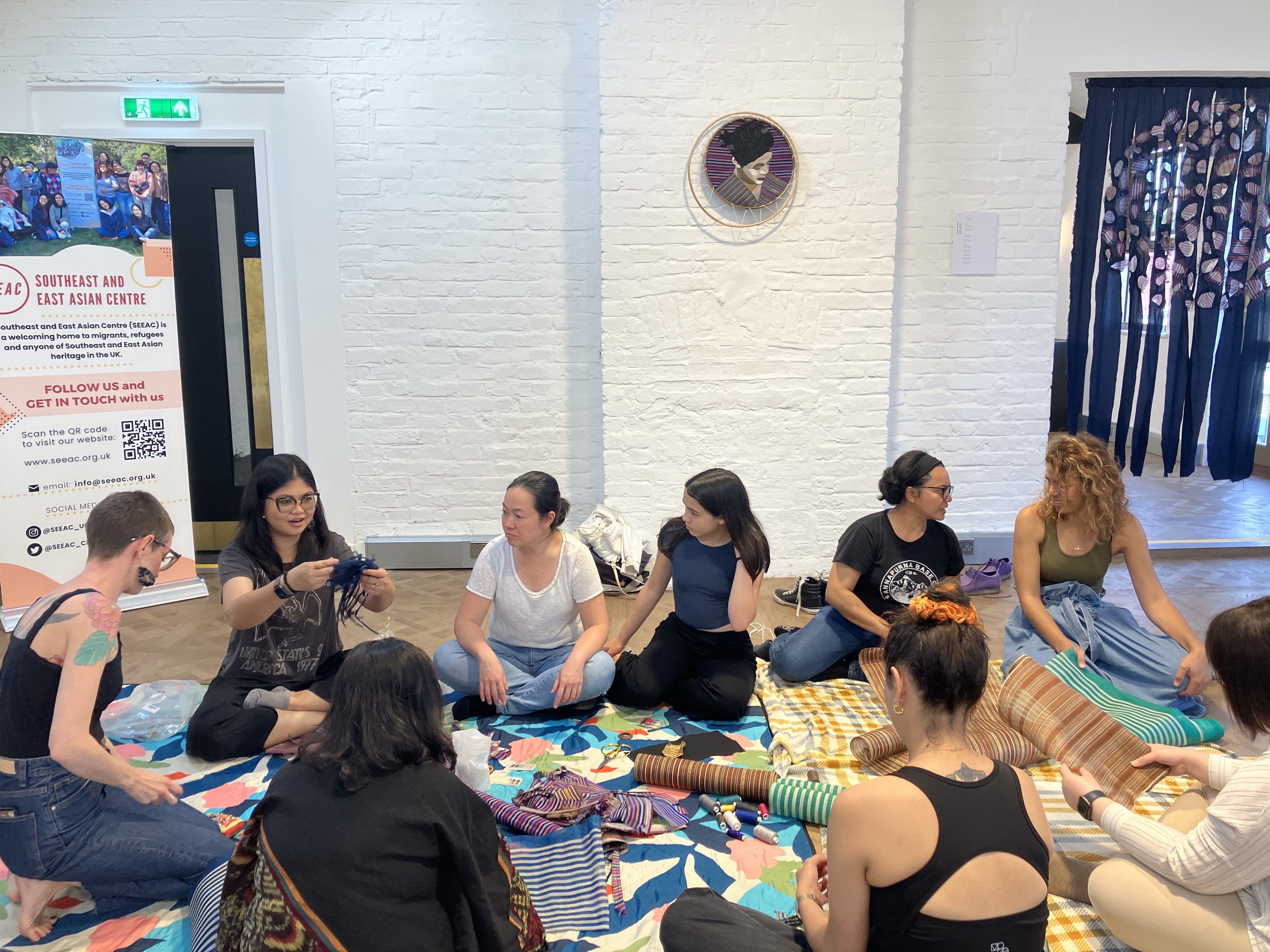
Another approach is that we provide free culturally-informed and multilingual mental health counselling to individuals. We believe this is essential to community wellbeing. We work with a number of certified therapists with East and Southeast Asian backgrounds, and most of them speak more than one language. This is also in high demand now, although in the beginning, there was a widespread stigma associated with talking about mental health issues among many members of migrant communities we work with. When we established this service, it wasn’t very popular. People wanted to do more collective activities, not directly discuss their mental health issues. And that was fine, because that’s how this works for some people. So, we decided to keep both. Gradually, we tried to normalise talking about mental health in our communities, and if anyone became interested in accessing individual counselling, well, the support services were already in place. Soon it became very popular, and now there is a waiting list to get the service. It is still very well received, and we hope to increase the capacity to reduce the waiting time.
As the need for these services is only growing with each passing year, we do staff training on wellbeing annually, too. We also have what we call “critical supervision’’, which is like a mental health support service for staff members, especially those who directly work on individual case support or direct engagement with communities navigating challenges. Some of these cases are highly complicated and difficult, and some come with traumatic experiences. So, we make sure staff can access to professional support to decompress emotional challenges they experience while delivering work and care for their own wellbeing.
Vivian: Right, and talking about these experiences, when you work with migrant communities, how has SEEAC been able to grab some inputs in order to advocate for upholding rights?
Mariko: Yes, our collective activities with the communities and the individual cases that we work on provide us with strong evidence that supports our advocacy work. As you said, we know that policies and the social context are impacting individual lives, because we experience these as not only migrant individuals but also as listening to and working with people navigating challenges. We use some evidence from our communities with people’s consent, ensuring anonymity and data protection, in order to advocate for rights of marginalised communities. We feel confident that even though we’re not a think-tank or research institution, our evidence comes out of lived experience.
We also do storytelling as a way of campaigning and advocacy. We join bigger movements, other migrant-led organisations, labour rights organisations, and those that have more capacity for policy advocacy. With GAATW, we have done a couple of Participatory Action Research projects. That was a really good experience for us. We liked doing these projects with GAATW because we have the agency to create and present our narratives, rather than being researched by others.
Vivian: That’s lovely, thank you! I would also like to know, from your perspective, what is the highlight of your work with the communities in these past five years?
Mariko: Well, for me, as I’ve been involved with SEEAC since it became a formal organisation, I think the highlight is to see how the organisation has grown and how the community has come together. And as I said before, I feel that this is really more about the collective work that we have done together. Everyone who has engaged with the organisation – whether they are staff, volunteers, or service users – has shaped what we are now. So yes, just seeing and experiencing that together with the people who are involved has been wonderful, and I have really enjoyed that and learnt so much in my position as Executive Director of SEEAC.
Also, what gives immense satisfaction is seeing people who came to us first because they needed some support or assistance have over the years become active in the organisation, have volunteered for us and assisted others with similar experiences. They want to facilitate workshops for SEEAC’s community by offering their skills and knowledge, or help the organisation in any way they can. We are all migrants here with personal histories of migration. Sharing that journey together has been one of the highlights until now.
Vivian: Yes, like this solidarity that has been built through the years!
Mariko: Yes, there’s a lot of solidarity, yes!
Vivian: It’s inspiring to see how migrant communities support one another! You mentioned that GAATW has supported you in different ways, such as shaping your approach to research. Building on that, as a recent member of GAATW, how do you expect this experience could strengthen SEEAC’s current work or the initiatives you hope to develop in the future?
Mariko: We were very excited to join GAATW as a member even though we have worked together before. I think being part of the alliance gives us a wider perspective, a global perspective. Like I said, in our team we all come from migrant communities, or we grew up in a migrant family here. We have some connections and even a strong relationship with civil society back home, so we want to strengthen that. Migration, as we know, is a cyclical thing, it doesn’t only happen here. These issues we face as migrants had already started much before we moved and throughout the process of moving continues. But when people decide to go back to their home or move to a third country, we want to be connected to like-minded people and organisations in our home, destination or transit countries as well. Through GAATW membership, we could even expand that network and also, like you said, just feel supported by people who we can trust and build this international solidarity with. For us, it is super important because it’s easy to feel lonely in a space where you feel that everyone stands against you. But when you are part of a global alliance such as GAATW, you see so many people experiencing similar things, struggling with similar issues or situations but in different countries, and I think that makes us feel stronger.
Vivian: Thank you. That is so lovely! For now, I don’t have any more questions unless there’s something you want to share about SEAAC’s plans in the future?
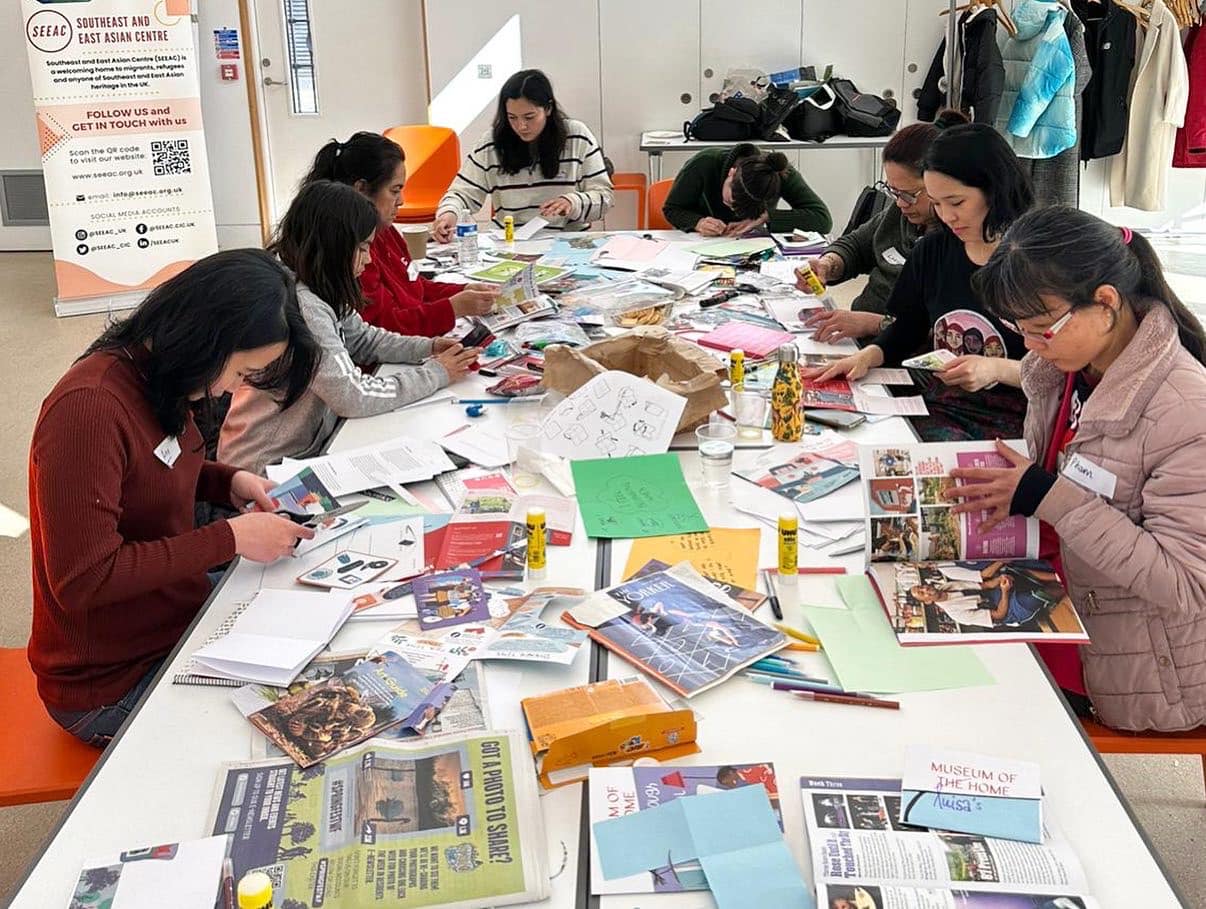
Mariko: Yes, I would like to share that we have just started a new project with a couple of other partner organisations, including Voice for Domestic Workers and Anti Trafficking and Labour Exploitation Unit (ATLEU). This new project is aimed at exploring how people with a lived experience of trafficking and modern slavery can be part of advisory support groups to committees. It’s like a fellowship for people who want to build a career. For the organisation, it means that we work to improve organisational infrastructure so that people with lived experience and others can do the work together safely. We must make sure that there is a safe space for that. But the idea is also that the community can benefit from someone who is in a position to advise because of their real lived experience and the understanding of what people have gone through. That’s the overview of the project; however, we are still in the design and preparation stage. Once it starts, it is something that we would like to share how it goes and our learnings with other GAATW members too.
Vivian: For sure! We would love to hear more about its design. Thank you so much for this conversation, Mariko.
